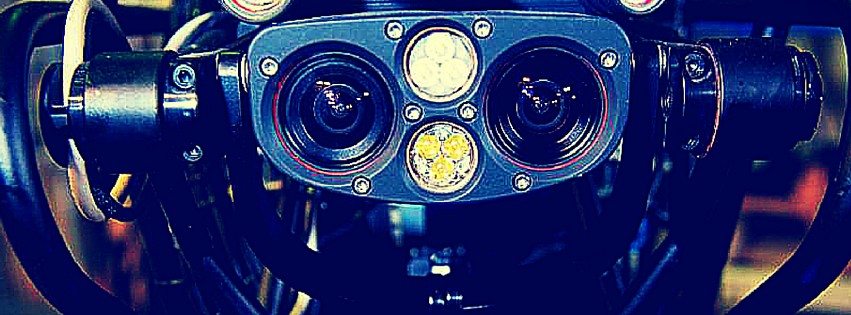“Swarm Intelligence” Correctly Predicted a Superfecta – What Does it Think About AI?
Horse betting is harder than it looks. At the 142nd Kentucky Derby last week, only one of five experts from Churchill…

•


Dyllan explores technology and the human condition for Tech Emergence. His interests include but are not limited to whiskey, kimchi, and Catahoulas.
Horse betting is harder than it looks. At the 142nd Kentucky Derby last week, only one of five experts from Churchill…

•

If you aren’t yet convinced by the real world potential of artificial intelligence, Microsoft’s chief envisioning officer, Dave Coplin has a…

•

The inventors of Apple’s virtual assistant software, Siri, have just demonstrated their secret, next-generation, artificial intelligence assistant. Created by Dag Kittlaus…

•

Artificial intelligence may be making the world smarter, safer, more functional and accessible. But can it make the world more beautiful? A…

•

Big data is big business. But in an age of digital privacy paranoia, it isn’t always easy for tech companies to…

•

How secure is your company’s online data? Probably not as secure as you think. Recent statistics from a security risk benchmarking…

•

Despite what the media tends to depict, artificial intelligence is being put to better use than winning video games and board…

•
